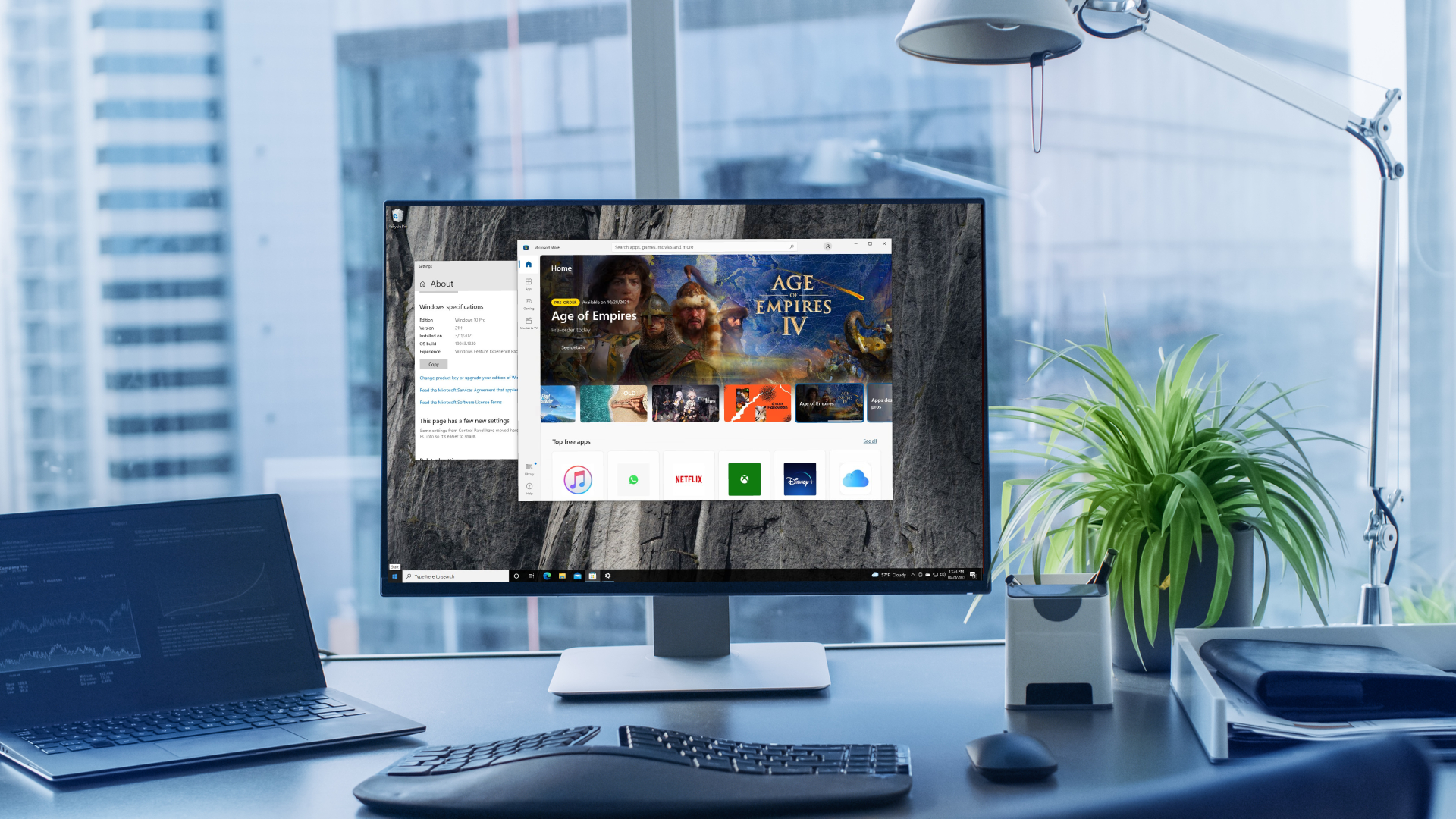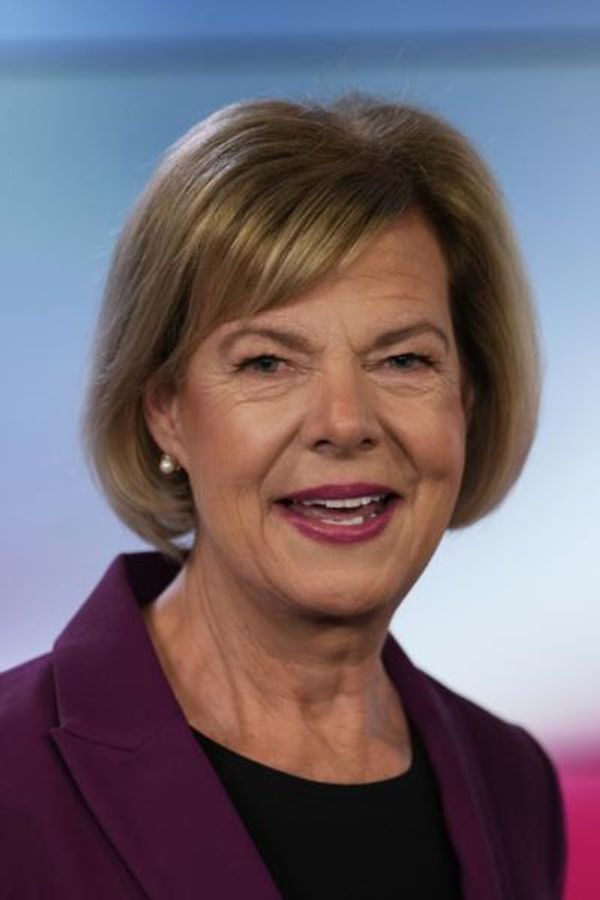
Microsoft has taken a new tack with its continued campaign of full-screen banner ads designed to push Windows 10 users to upgrade to Windows 11, and this time, users of suitable and unsuitable PCs - those that don’t meet the hardware requirements for the newest OS - are seeing different adverts.
Windows 11’s market share has remained relatively static in recent months, and Microsoft is clearly eager to change that, with Windows 10 holding the vast majority of market share with around 70% (according to StatCounter).
As for Microsoft's latest tactic to drive upgrades, Windows Latest noticed two separate initiatives as mentioned. The first was witnessed on a Windows 10 PC that wasn’t eligible for a Windows 11 upgrade, and it showed a screen warning that the device will stop receiving updates come October 2025, reminding users that their PC can’t run Windows 11. The full-screen notification was titled “A new journey with Windows” and appeared after monthly mandatory security updates were installed, possibly implying that this could be a repeating occurrence.
The notification screen also offers users the ability to be reminded at a later date, and to learn more about the end of support for Windows 10. It links to a support document that encourages you to consider a Windows 11 upgrade, partly by including a comparison of the two operating systems.
This differed from a PC running Windows 10 and eligible for a straightforward Windows 11 upgrade. On this system, Windows Latest received a notification encouraging them to go ahead and schedule their update or just upgrade right away, alerting them of the upcoming end-of-support date and reminding them to make sure that their device stays supported past that date. This notification has been seen before, of course (a number of times).

Microsoft's ambitions vs Windows 10 fans' devotion
Windows 10 continues to be the dominant flavor of Windows and users aren’t happy about being forced to move on or face losing support. Windows 11 was released the best part of three years ago, but it’s still struggling to get near Windows 10’s popularity, as mentioned. Part of the problem here is those hardware requirements, of course, which are a stumbling block for some folks with older PCs.
Users who want to stick with Windows 10 do have a few choices and we’ve recently discussed this in-depth. One option will be to continue getting security updates past Windows 10’s end-of-life date with Microsoft’s Extended Security Update (ESU) program. Currently, this is only available for commercial customers, but Windows Latest asserts that a version for individual consumers will arrive later in 2024. Currently, an ESU license for a single device is $61 a year for businesses, but the price doubles every year (for up to three years).
Windows 10 users are faced with three primary options in the longer term: upgrade to Windows 11, continue to use Windows 10 without crucial security updates (not a good idea at all), or opt into a pricey extended security update plan. I understand Windows 10 users’ frustrations as many are not sold on Windows 11 as being an improvement in quality. Additionally, many users aren’t keen on Microsoft’s insistence on integrating AI into many apps and parts of the operating system, and Windows 10 still looks and feels like a modern, up-to-date OS. Furthermore, there are those hardware requirements to consider, as already noted.
I don’t know how well Microsoft will weather this transition, but the company needs to walk a fine line between reminding users about the reality of Windows 10 running out of support, and getting too pushy with all these notifications. Right now, it feels like Microsoft is erring (again) towards the latter, but I don’t see the company backing down.
YOU MIGHT ALSO LIKE...
- Upgrade to Windows 11 or take the risk: Microsoft warns about Windows 10’s end-of-life date once again
- Microsoft should accept that it's time to give up on Windows 11 and throw everything at Windows 12
- Windows 11 or bust: Microsoft is boldly and insistently urging Windows 10 users to move on, or get left behind







